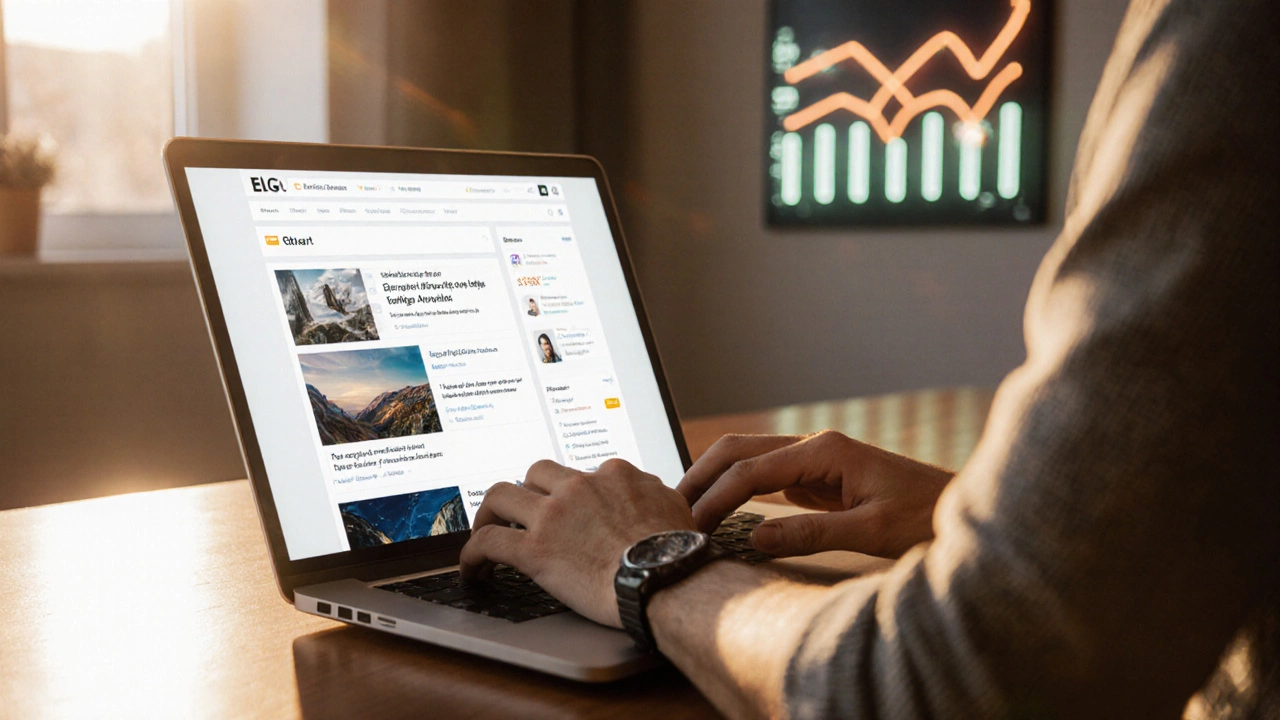Is Wix Really Free Forever? What You Need to Know Before You Build
Wix is one of the most talked‑about website builders, and a lot of people sign up because the free plan looks too good to pass up. The reality, however, is that "free forever" comes with strings attached. In this guide we’ll break down exactly what you get on Wix’s free tier, the hidden costs that pop up later, and the moments when moving to a paid plan actually saves you time and money.
What the Free Plan Gives You
When you create a Wix account you instantly get a sub‑domain (yourname.wixsite.com/yoursite) and access to dozens of templates. You can drag‑and‑drop elements, add a blog, and publish in minutes. That’s great for hobby projects, class assignments, or testing ideas without spending a dime.
But the free plan also slaps a Wix banner on every page, forces you to use the Wix sub‑domain, and limits your storage to 500 MB. You can’t connect a custom domain, and e‑commerce features are locked behind a paywall. If you’re okay with these trade‑offs, the free version works fine for a simple showcase.
Hidden Costs and When Upgrading Pays Off
As your site grows, those limitations start to bite. The moment you need a professional look, you’ll want to remove the Wix ads and attach your own domain. That’s the first paid tier – usually around $14/month for a year contract. It also bumps up storage to 3 GB and gives you a bit more bandwidth.
For online stores, Wix’s e‑commerce plans start at about $23/month and include payment gateways, inventory management, and unlimited products. Skipping straight to a higher tier can feel pricey, but it prevents you from losing sales to a clunky checkout or a site that constantly shows ads.
Another hidden cost is SEO. Free sites on Wix have limited control over meta tags and URL structures, which can hurt your rankings. Upgrading unlocks SEO Wiz, custom 301 redirects, and the ability to add schema markup – tools that can make a real difference in traffic.
If you’re on a tight budget, consider using the free plan for a landing page while you test content ideas. Once you know what works, switch to a paid plan just for the features you need – a custom domain and ad‑free pages are often enough to look credible.
Finally, watch out for renewal rates. Wix, like many SaaS platforms, offers a discount for the first year and then bumps the price after the contract ends. Set a reminder to review your plan before it auto‑renews, and compare with alternatives like WordPress.com or Squarespace if the cost seems steep.
Bottom line: Wix’s free tier is a useful sandbox, but it’s not a long‑term solution for serious businesses or brands. Know the limits, calculate the real cost of ads and SEO downtime, and upgrade only when the benefits outweigh the extra monthly fee.
Which Blog Platform Is the Most Used in 2025?
Discover which blog platform dominates 2025, see market share stats, pros and cons of WordPress.com, Blogger, Medium, Wix, Squarespace, Ghost, and learn how to pick the right one.
Google Sites vs Wix: Which Website Builder Should You Choose?
Curious if Google Sites beats Wix for creating websites? This guide explains the pros, cons, and real-life differences so you can make the best choice.
Who Uses Wix the Most? The Surprising Truth About Its Popularity
Wix has become a go-to platform for many website creators, especially in India. From small businesses to personal blogs, its user-friendly interface and customizable options attract a wide range of users. Discover who predominantly uses Wix and why it's so popular over traditional platforms like WordPress. Learn tips on leveraging Wix to enhance website design and functionality.
About
Blogging Platforms, Website Creation, WordPress Themes


